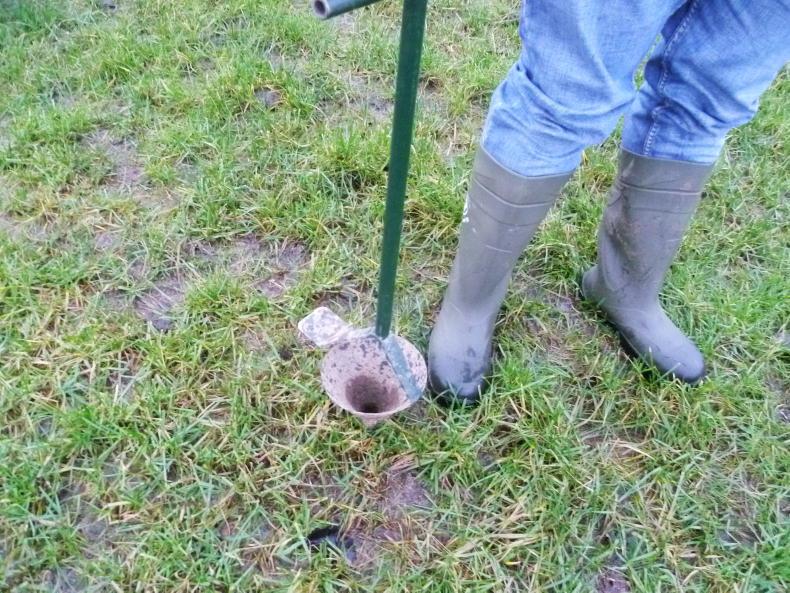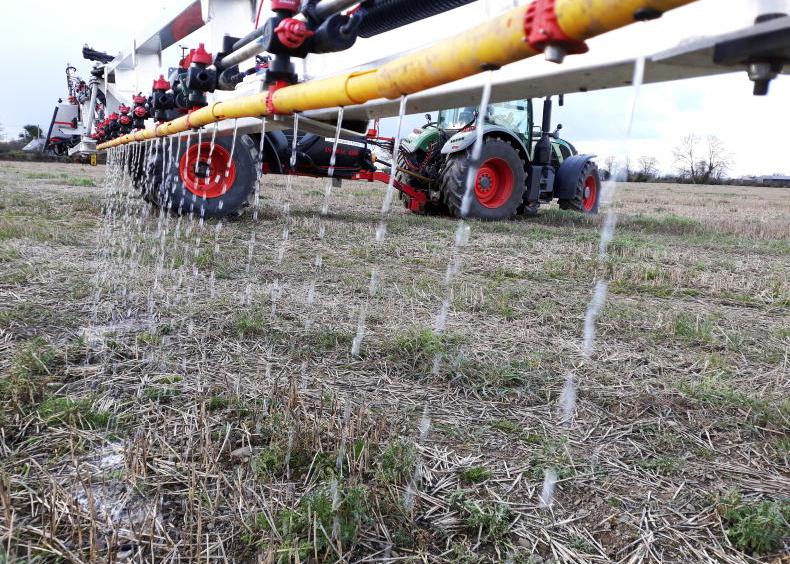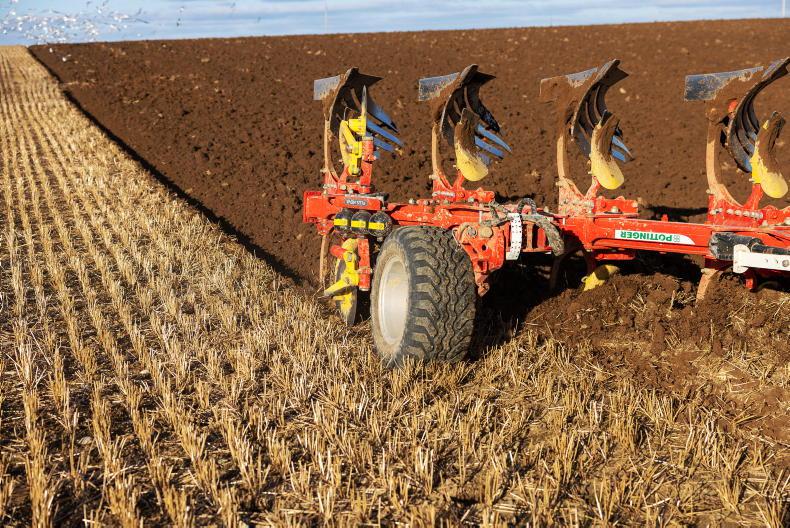The Teagasc Signpost Programme is leading change on Irish farms to demonstrate technologies to improve farm nitrogen (N) efficiency and reduce emissions for climate action.
In the autumn of 2021, over 3,000 soil samples were taken on Teagasc Signpost farms, which are part of the National Agricultural Soil Carbon Observatory (NASCO).
Over the next four years of the programme, there is a target to balance soils to 90% optimum fertility to increase soil function to improve N efficiency while reducing N losses.
This will be a delivered through intensive fertiliser planning and tailoring the application of all applied nutrients to ensure a balanced nutrient supply.
Optimum soil fertility
For all Signpost farms, 39% of soils tested have optimum soil pH, P and K (pH > 6.3, P and K index 3).
This compares to the national average on Irish farms at 16% of soils having optimum soil pH, P and K levels.
Soil pH and lime
Maintaining optimum soil pH delivers the largest improvement in N efficiency. Results show that 44% of soils were below the optimum soil pH of 6.3, compared to the national average of 56%.
While, 77% of Signpost farms have a very low lime requirement (0-2.5t/ha), 11% of farms only require a maintenance (2.5-5t/ha) application of lime, while only 12% of farms require build-up rates of lime (5-7.5t/ha).
Soil P and K
Signpost farms P and K test results reveal a significant proportion of soils tested at index 4 for P and K, 35% and 49% respectively. Phosphorus will be omitted for two to three years to utilise soil P reserves on these high index soils.
Potassium can be omitted on grazing areas for a number of years, especially at the high K results (greater than 200mg/l).
On silage or cereal fields, only omit K for one year and revert to index K advice until the next soil test.
Balancing soil fertility in these fields offers both financial savings to reduce fertiliser costs, while reducing potential losses of both P and K.
Soil carbon
Soil carbon analysis has been conducted, initially in the top 10cm of soil. The results show that 83% of all soils tested between 2% and 8% for soil carbon, while only 8% of soils tested between 8% and 14%.
Only 3% of soils tested greater than 14% soil carbon (>20% organic matter) and these soils are classed as peat soils.









SHARING OPTIONS